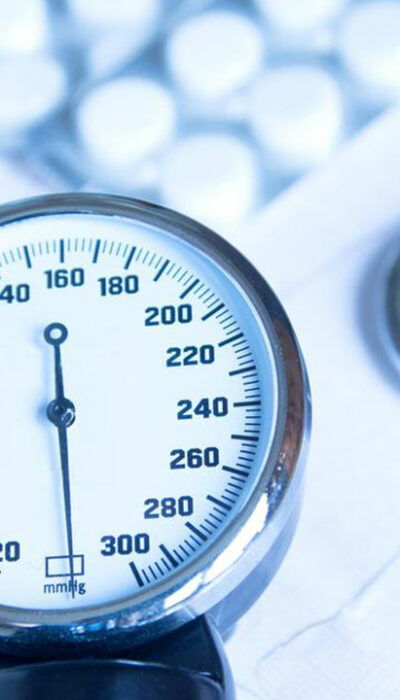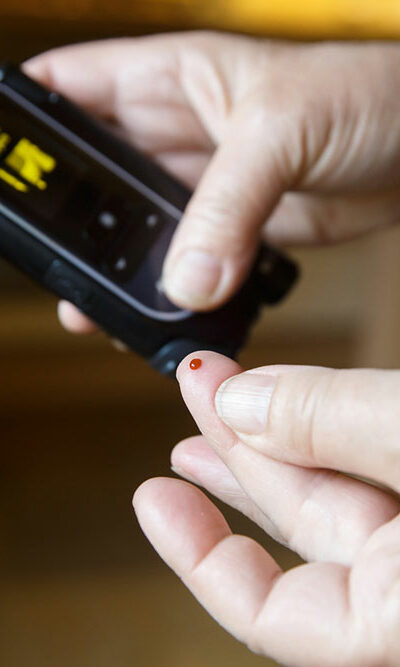
Essential Tips to Read a Blood Pressure Chart
A blood pressure test indicates whether a person is suffering from low blood pressure or high blood pressure. The numbers indicated in this test need to be studied carefully to diagnose any potential problems. What is blood pressure? Blood pressure is the pressure of the blood in the circulatory system. A normal systolic falls to less than 120 and the corresponding diastole is less than 80. For prehypertension, systolic is 120-139 and diastolic is 80-89. High Blood Pressure (Hypertension) Stage 1 systolic is 140-159 and diastolic is 90-99. High Blood Pressure (Hypertension) Stage 2 systolic is 160 or higher while diastolic is 100 or higher. Hypertensive Crisis(Emergency care needed) systolic is higher than 180 and diastolic is higher than 110. A medical professional needs to confirm the diagnosis of high blood pressure as well as evaluate any unusually low blood pressure. In general, it has been observed that low blood pressure readings and lower targets work for populations like the elderly, African-Americans, as well as patients who have underlying health issues like chronic kidney disease and diabetes mellitus. Categories of blood pressure The American Heart Association recognizes five categories of blood pressure: Normal blood pressure: Those who have normal blood pressure numbers that fall within the optimal ranges of being less than 120/80 mm Hg have a healthy level of blood pressure. Following heart-healthy habits like getting regular exercise and following a balanced diet goes a long way into maintaining normal blood pressure. Prehypertension: Prehypertension or early stage high blood pressure occurs when the blood pressure consistently ranges from 120-139/80-89 mm Hg. People who have prehypertension are more likely to develop high blood pressure unless they take appropriate measures to take it under control. Hypertension Stage 1: Hypertension Stage 1 is marked when blood pressure falls in the range of 140-159/90-99 mm Hg.










